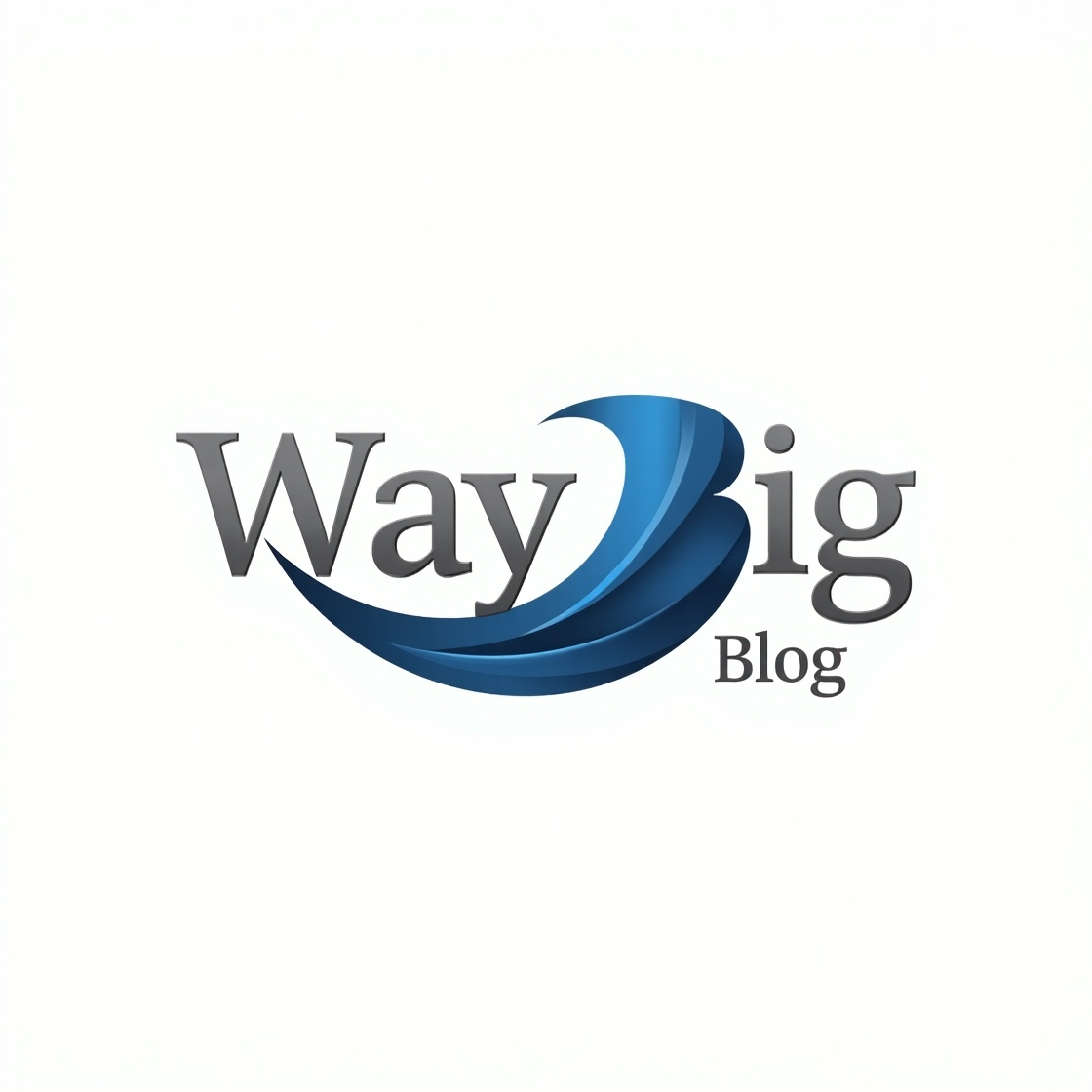Is Watchlist Screening Mandatory for All Financial Institutions?
Financial institutions must have strong compliance systems because they serve an important business need. Financial organizations throughout the world are enhancing their compliance systems, and watchlist screening is their main organizational focus. Financial organizations are required to apply watchlist screening methods according to legal expectations.
Every financial institution, including banks and credit unions worldwide, must set up a sanctions list check according to regulatory requirements. The system helps businesses spot people and organizations who perform terrorist-related activities and money laundering.
Let’s discuss the basic methods used to fight money laundering and their international impact on AML prevention.
Understanding the Watchlist Screening Process
Financial institutions use watchlist systems to check if their clients and transactions match high-risk individuals on specific lists. Institutions search for matches against official watchlists of sanctioned individuals, PEPs, and wanted criminals, plus terrorism watchlists.
Data Collection and Identity Matching
When starting their Watchlist screening process, financial institutions gather essential identity data like complete name, birthdate, nationality, and residential address from their clients. The provided data gets cross-checked against watchlists held in multiple international databases. Institutions rely on advanced system tools to find possible matches despite minor differences in written names or official records.
List Sources and Database Coverage
The screening process mainly relies on the sanction lists maintained by OFAC, the UN, the EU, and vital national repositories. Institutions use information from professional service providers that collect multiple listings to give them better information. Having access to more Watchlist sources makes it easier to spot potential risks and raises the accuracy of detection efforts.
Alert Resolution and Reporting
After detecting a suitable match, the system marks it as an alert. The compliance officer starts an investigation process to figure out if the alert is an actual or incorrect system score. When verification ends in a positive match, the institution may require filing a Suspicious Activity Report (SAR) with authorities or notifying regulatory bodies. Quick, accurate actions during this step help prevent rule failure from happening.
Bonus: Effective Sanctions List checks become crucial because regulators demand them for businesses to operate successfully.
Common Use Cases for Watchlist Systems in Finance
Financial institutions use Watchlist monitoring throughout all customer-related processes, including onboarding. The institution performs checks throughout customer business operations to stay legally compliant.
KYC and Customer Onboarding
Organizations begin the screening process by verifying customer identity through Know Your Customer. Before admitting new customers to its system, the organization evaluates its information against lists of sanctioned parties and politicians to see if they are banned or include senior public officials. This helps prevent accepting customers with elevated risk levels.
Transaction Monitoring and International Transfers
All cross-border deals need Watchlist checks, especially when serving high-risk zones or large money transfers. The screening process in transaction monitoring from international funds sent through trade finance deals that criminals use to hide dirty money.
Periodic Compliance Audits
The authorities perform unannounced inspections to verify whether the company’s detection methods are both working and able to spot key problems. Institutions need to store all Compliance List Check results alongside records showing how they handled each detection. Ignored documentation practices will result in large financial penalties.
A Preventive Tool
AML watchlist screening aims to block known high-risk individuals and sanctioned organizations from entering the financial world. This data protection method works within an anti-money laundering framework to spot risky actions before problems arise. Financial institutions, including the banking and insurance sector plus fintech, need to screen transactions according to AML requirements to prevent penalties from regulators.
Global Screening Obligations and Best Practices
All nations expect finance companies to test global watchlist screening to keep illegal money from entering the financial system. Within the United States, OFAC imposes legal requirements on institutions. The European Union requires adherence to both EU and UN sanctions in its territory.
The worldwide rules help prevent criminals from moving from one location to another to escape authorities. Companies worldwide depend heavily on linked Compliance List Check databases to identify and reduce business risks. Onboarding institutions perform screen checks once, yet regulators demand consistent monitoring of watchlists for each client. Business partners and clients need screening updates whenever watchlists change or their data alters.
All financial institutions worldwide must follow Watchlist Screening regulations because it remains a necessary international rule. All organizations that want to remain within legal boundaries must use this procedure no matter what type of screening they perform.
Institutions implement appropriate Watchlist checks to avoid legal issues and defend their standing in the market.
Click here to read more articles that explain the best way to use Sanctions List Check while improving compliance.


